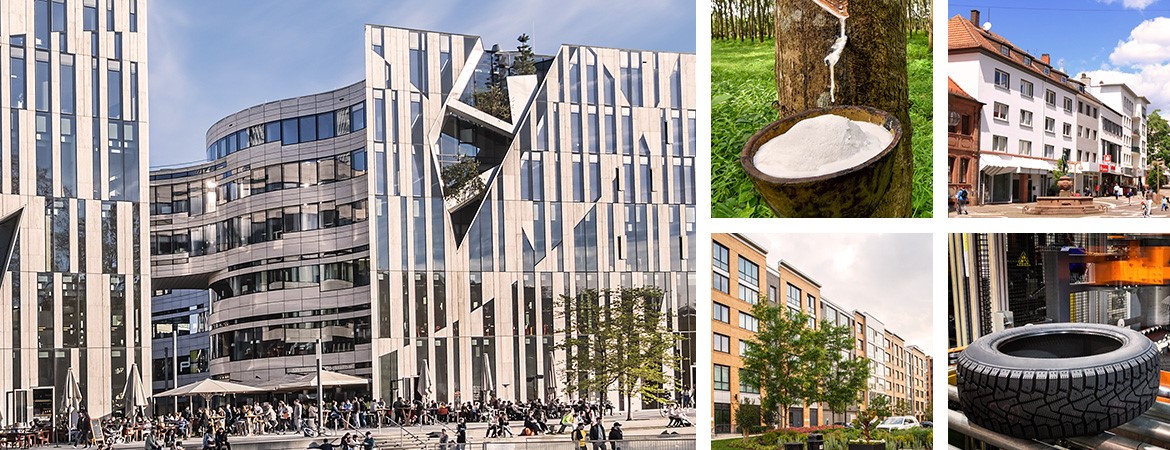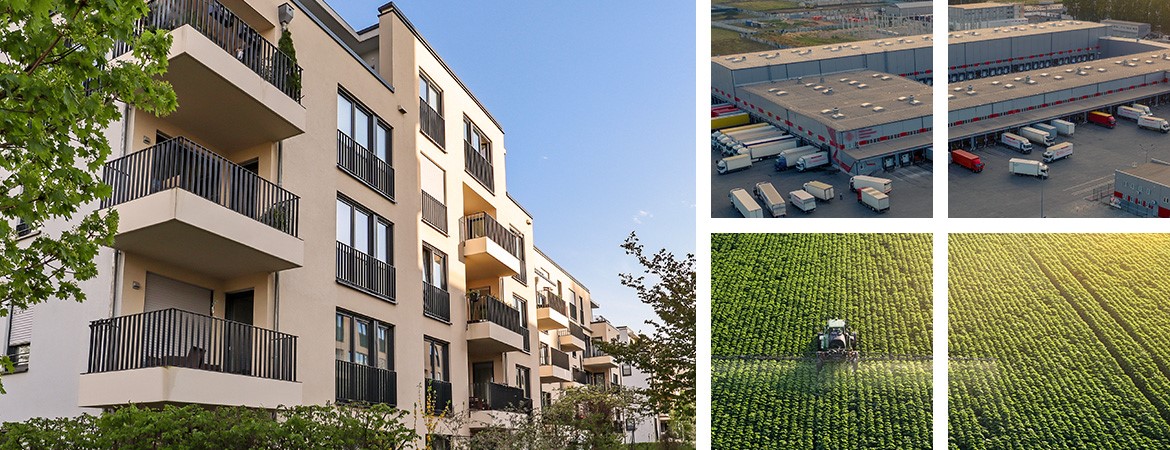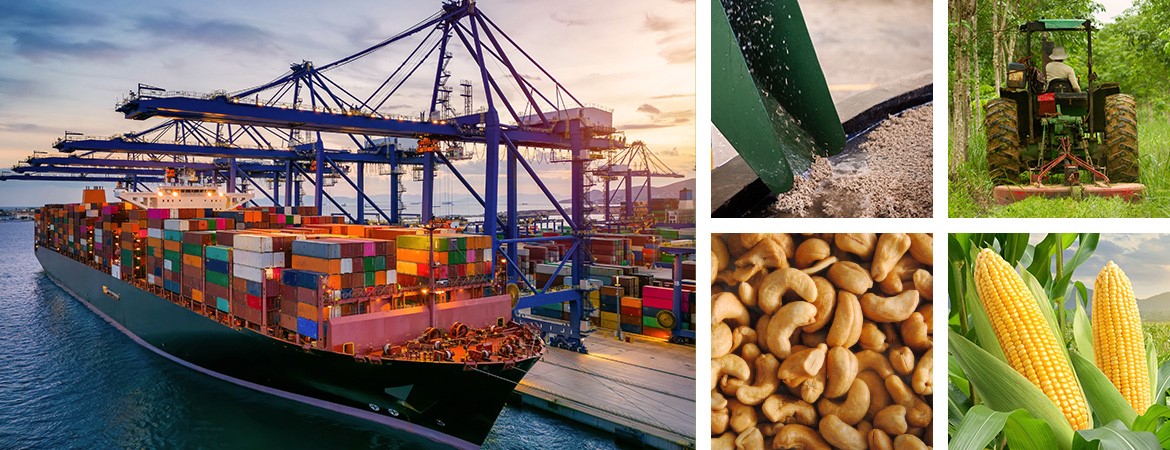








TIMBERFARM’s rubber plantations are located in the provinces of Veraguas in the west and Panama and Darién in the east. They were forested on fallow soil and benefit from the ideal geological and climatic conditions these areas have to offer.
Cultivating, managing, harvesting, and exploiting one plantation for one year during the 15-year growing period is a time-consuming and capital-intensive endeavor. This is why the groundwork is laid for an economically successful rubber plantation long before the actual planting with the evaluation, selection, and preparation of the suitable soil and with the selection of genetically high-quality seed material and growing plants from the seeds.
The search for the most promising soil as well soil analysis and soil samples take a lot of time. Both require specialist knowledge and experience. The findings provide valuable information about the chemical and physical composition of the soil and the structure of the ground. This kind of information is important to clarify the level of suitability and to reveal possible shortcomings which will require special attention later on if a plantation is operated.
Rubber trees flourish best in soil that does not experience a very distinct dry season and adsorbs roughly 2,000 to 3,000 millimeters of rain annually. A tropical to subtropical climate with constant temperatures between 24 and 30 °C is the main requirement for healthy tree growth and lots of latex production. Soil that is more than one meter deep, neutral or slightly alkaline, and that contains sufficient calcium ensures good rooting and ideal nutrient uptake.
If the basic criteria are met for soil and nutrients, comprehensive surveying and location assessments are performed. The topological conditions, all of the influences from the nearby catchment area and the one further away, and factors that need to be considered to maintain the ecological balance in the site environment are all of particular interest.
In order to build up a rubber plantation that is geared to profitability and that can be managed easily later on, it is usually necessary to build a small network of unpaved agricultural roads that are firm enough to be driven on all year round. In doing so, the goal is to meet official requirements and to ensure that infrastructure does not have a negative effect on the local flora and fauna. Making it possible to cross rivers and streams which flow throw an area and ensure good irrigation are demanding tasks in this phase. Oftentimes specialized construction companies have to be brought in.
The young rubber seedlings are grown in company-owned nurseries before they are planted in the ground. Here the biological reproduction method of cloning (also called grafting) is used whereby the seedling of a desired rubber tree variety is attached to a rootstock and then made to sprout.
Key qualities of a good seedling are strength, robustness, and quality. It is the goal of the nursery to achieve these seedling characteristics in order to make it easier for the rubber seedlings to be transplanted into the plantation and to continue to grow there.
In the nursery the seeds and seedlings thrive in a protected and controlled environment. The seeds for the rootstock sprout just enough in seedbeds within eight to ten days so that the strongest ones can be chosen to be transplanted into special sprouting pots where they continue growing.
Over the next two months, the rootstocks undergo more selection processes until the most robust and strongest plants can have a seedling of the desired rubber tree variety grafted to them. Then the grafted seedlings develop into young rubber seedlings within a period of about three months and once again undergo various selection and assimilation phases.
When the rainy season starts so does the planting phase. The best young plants are transported in specialized and well irrigated crates to the plantation to be planted there by trained employees in prepared planting holes.
TIMBERFARM uses only seeds and seedling material from rubber trees which have stood the test of time in the plantation operation. These refined offshoots of the original Brazilian rubber tree are extremely resilient and have enormous yields.
Their annual rubber yield can be up to 4,000 kilograms per hectare under ideal conditions. After 15 years, the timber volume of individual rubber trees is up to two cubic meters.
Depending on the terrain, 3x6 m or 4x4.5 m planting systems are used by TIMBERFARM. These are the ones most often used and are the models recommended by science. They lead to a land area of 18 square meters per tree and allow for around 550 rubber trees per hectare. One hectare is 10,000 square meters.
Since the young rubber trees require a lot of water at this stage to grow firmly, to root themselves well in the new soil, and to develop, they are planted at the start of the rainy season. This way the young rubber trees acquire a robustness the same year they are planted which will help them weather the first dry season that follows.
Thanks to the ongoing and attentive care and the regular rainfall, within a few weeks the young plants grow into young rubber trees measuring one meter in height and more. Encouraged by the climatic conditions, the rubber trees reach a height of four meters within 12 months.
After planting, the rubber plantation will be surveyed and mapped. The data will be digitized with a specialized software and linked with geographic data and satellite images. This will make it possible to divide the rubber plantation into even, exactly defined plots that measure one tenth of a hectare with 55 rubber trees each.Every plot is constantly monitored, analyzed, and managed with respect to the latex yield and the timber volume and quality. The digitized surveying and planation data is the basis for planning, managing, and administering all agricultural and forestry management and exploitation activities.